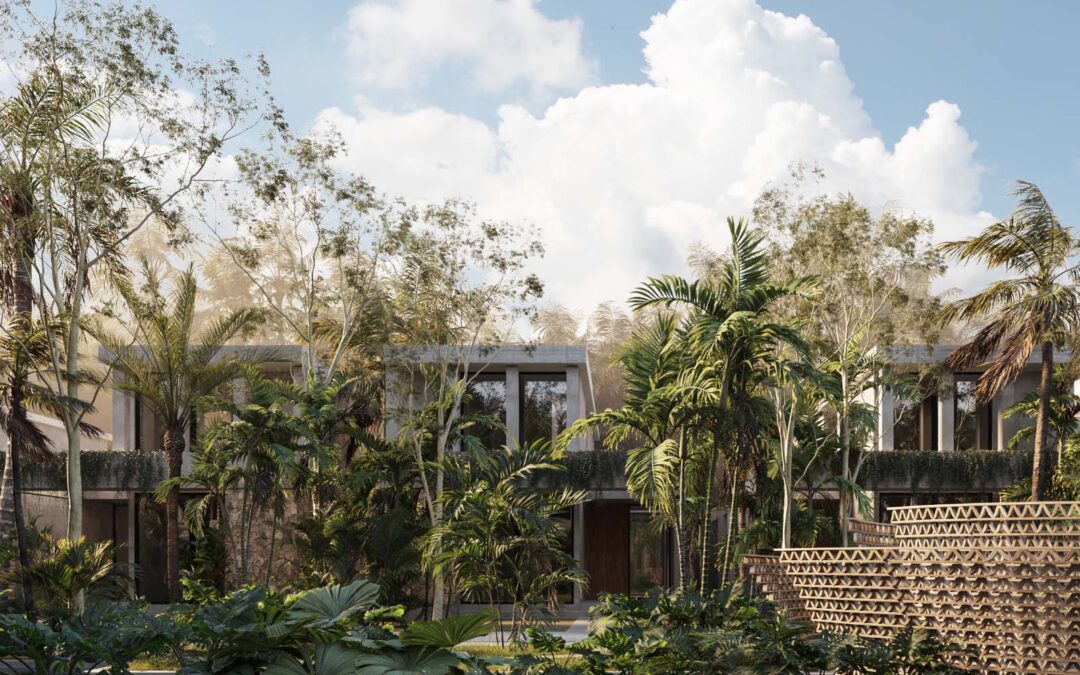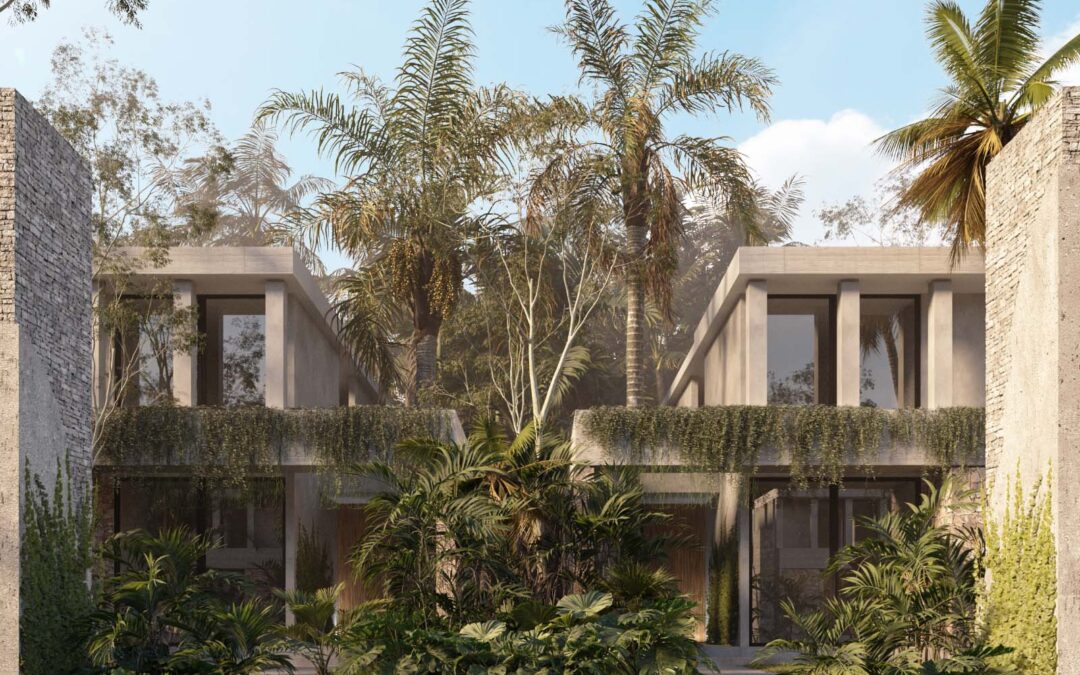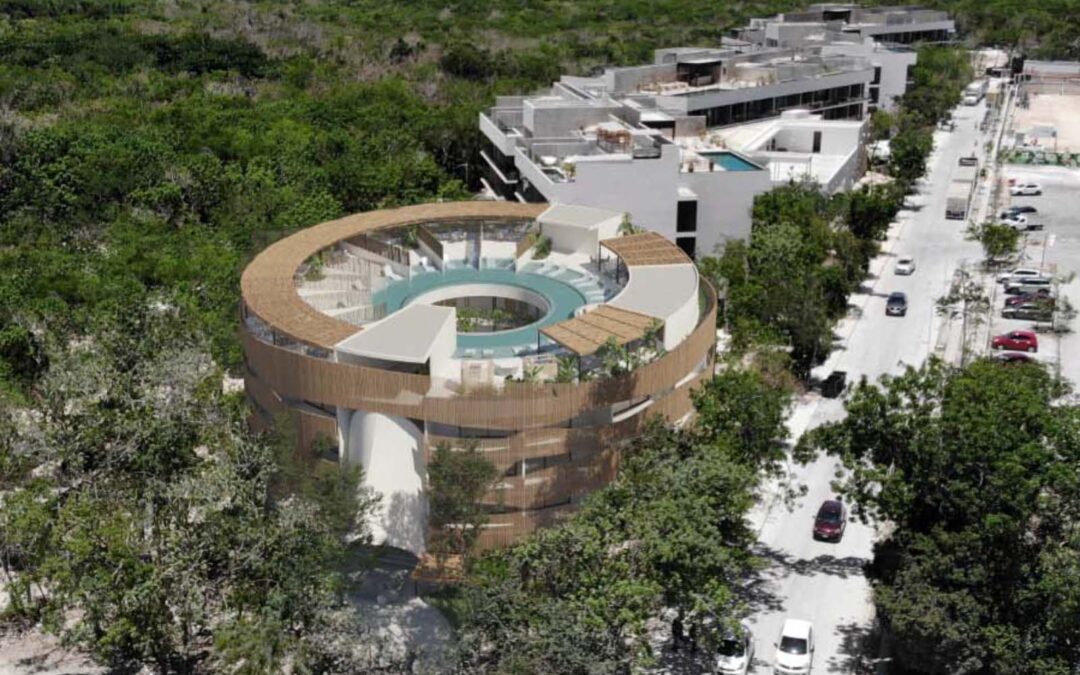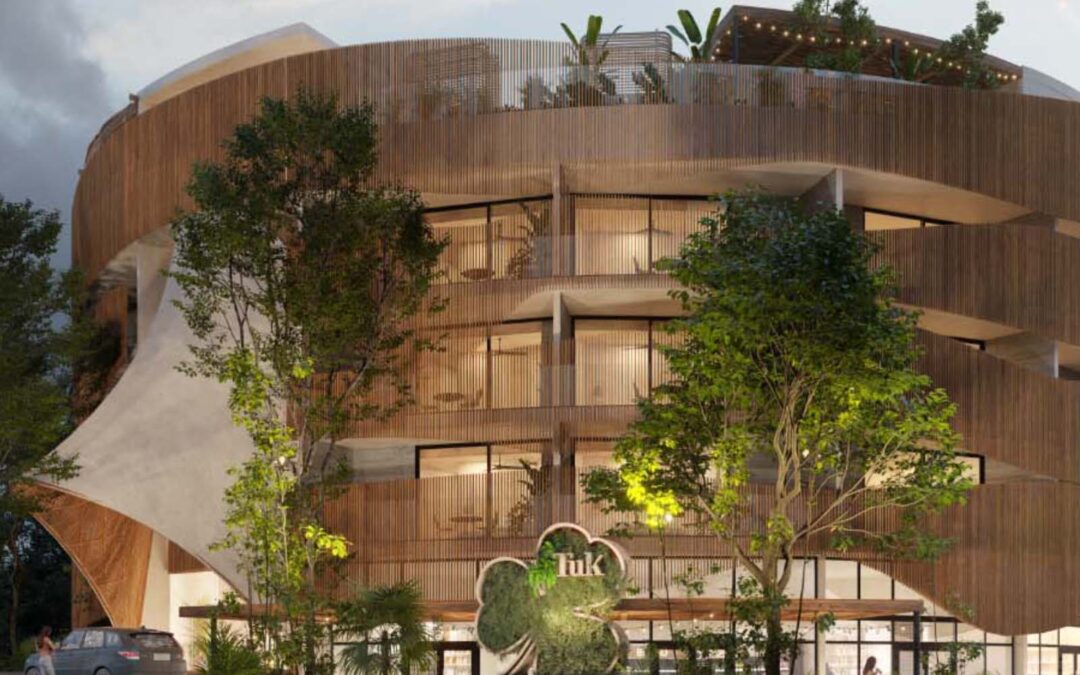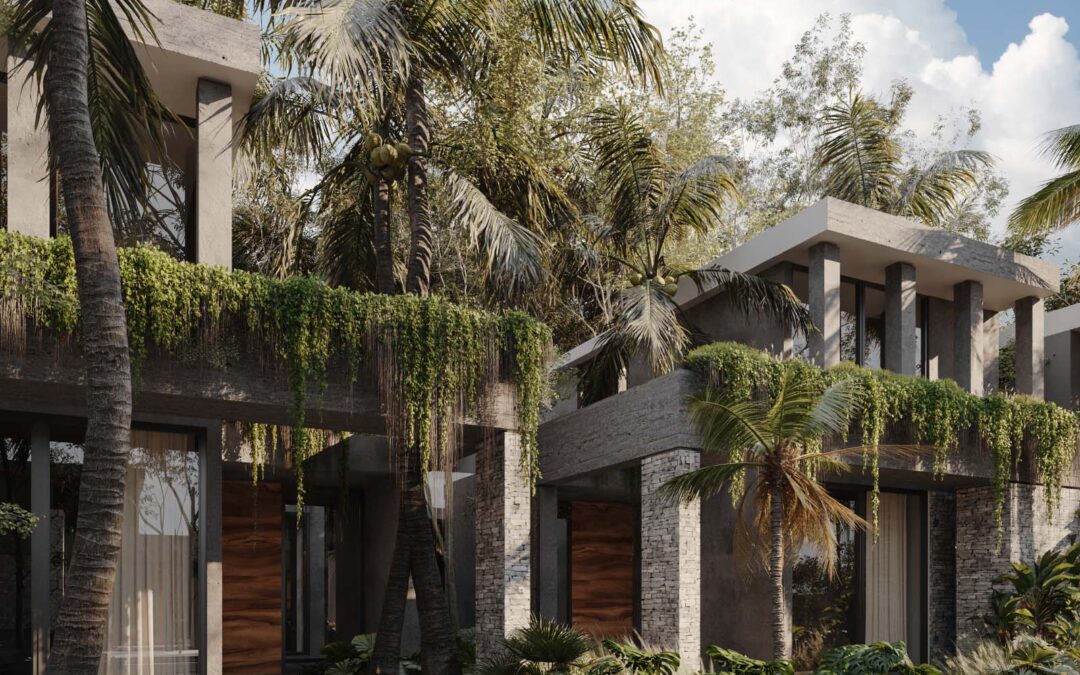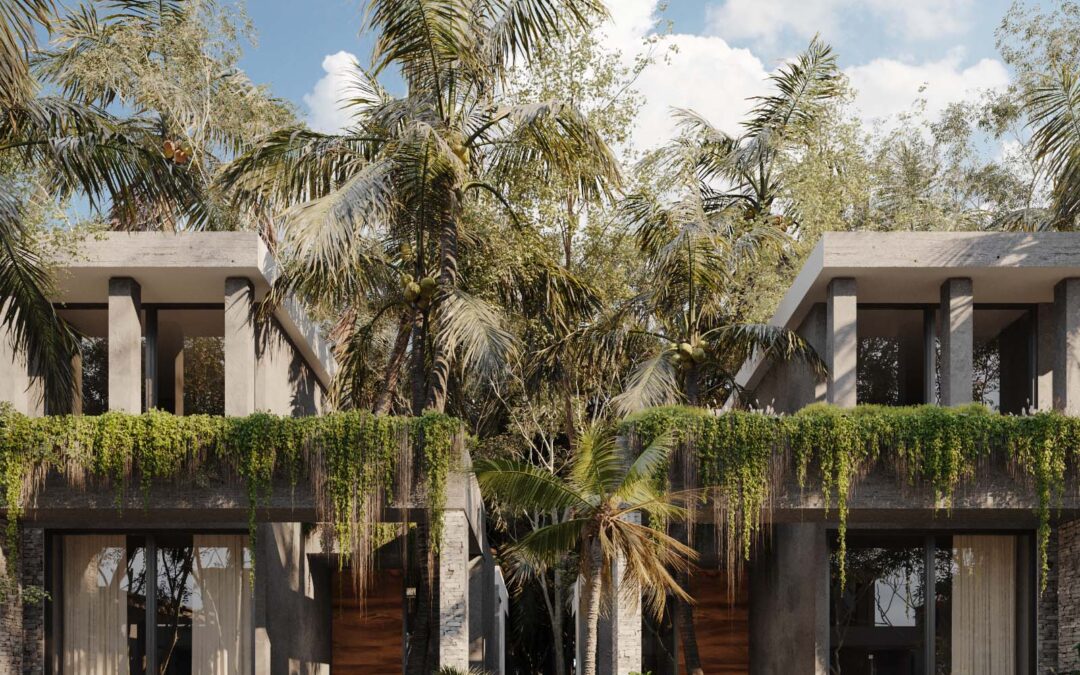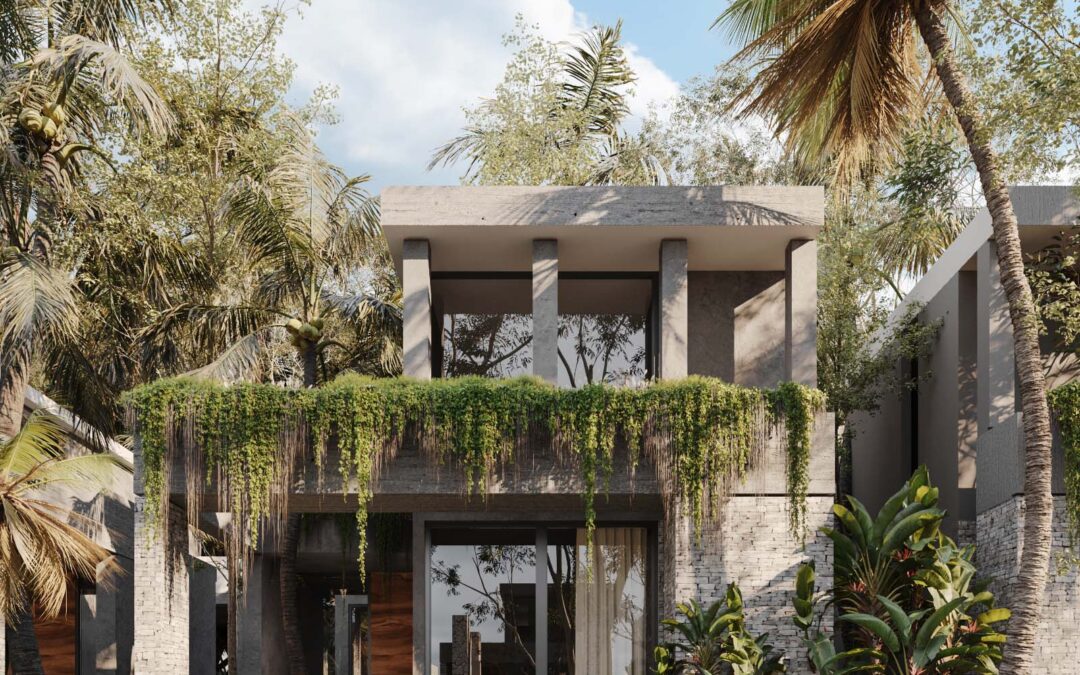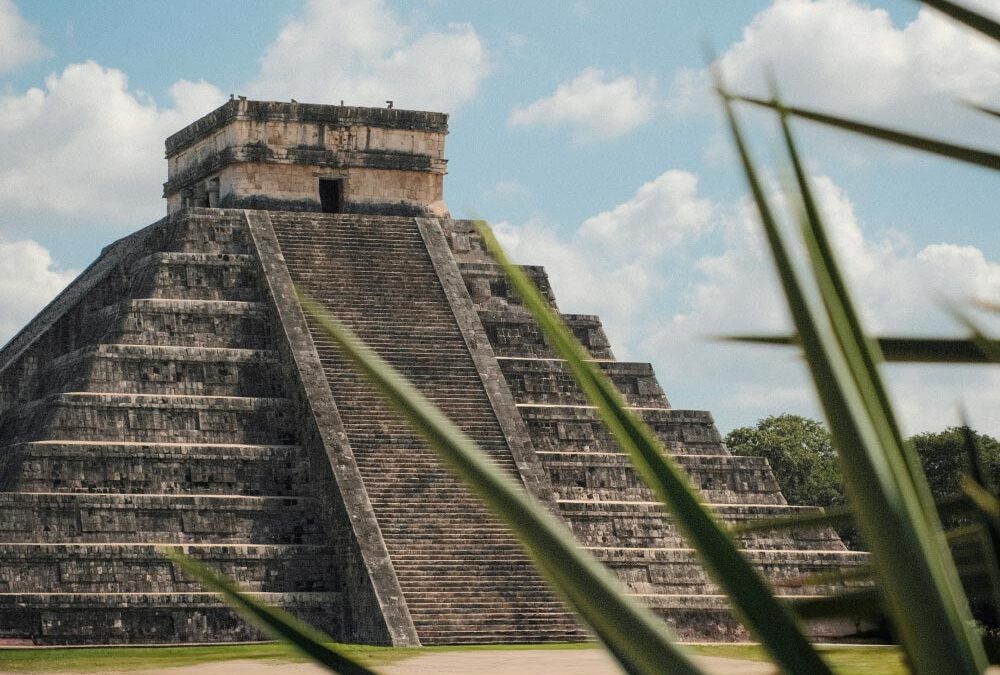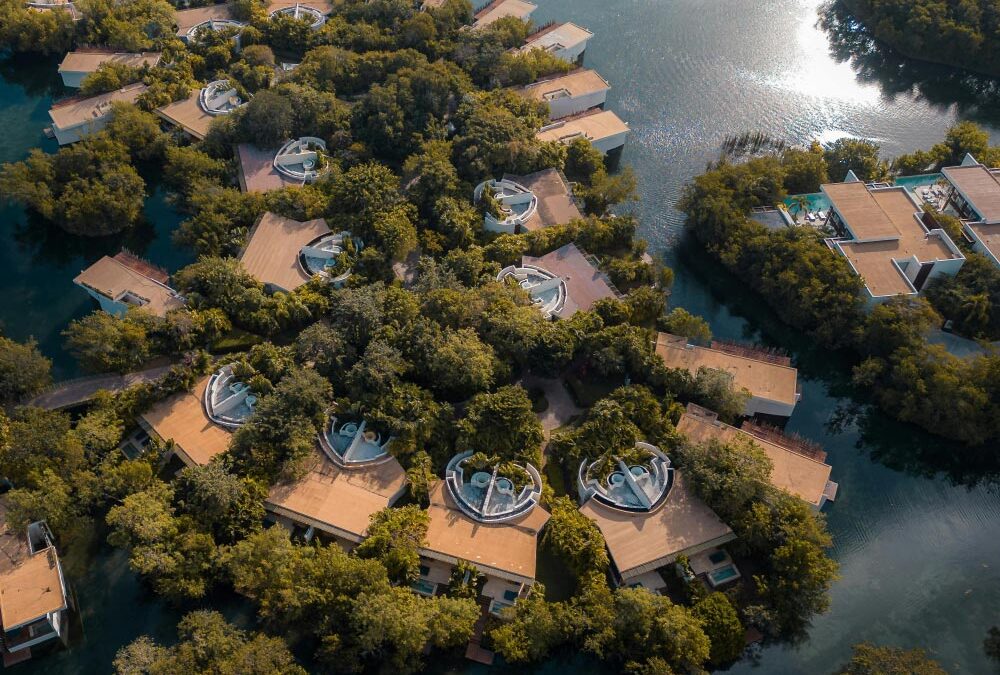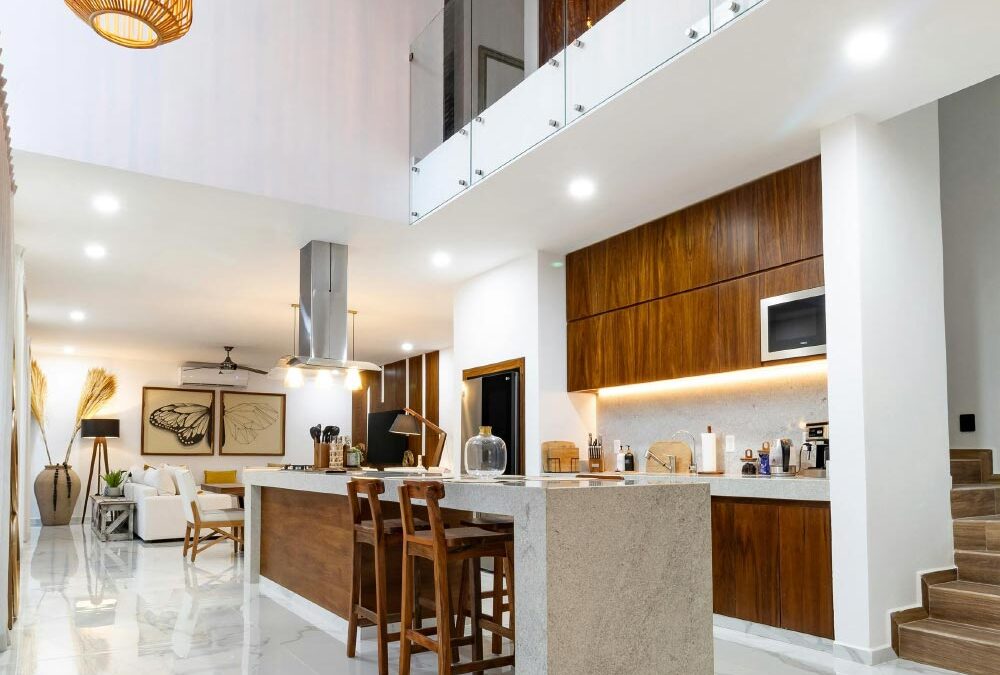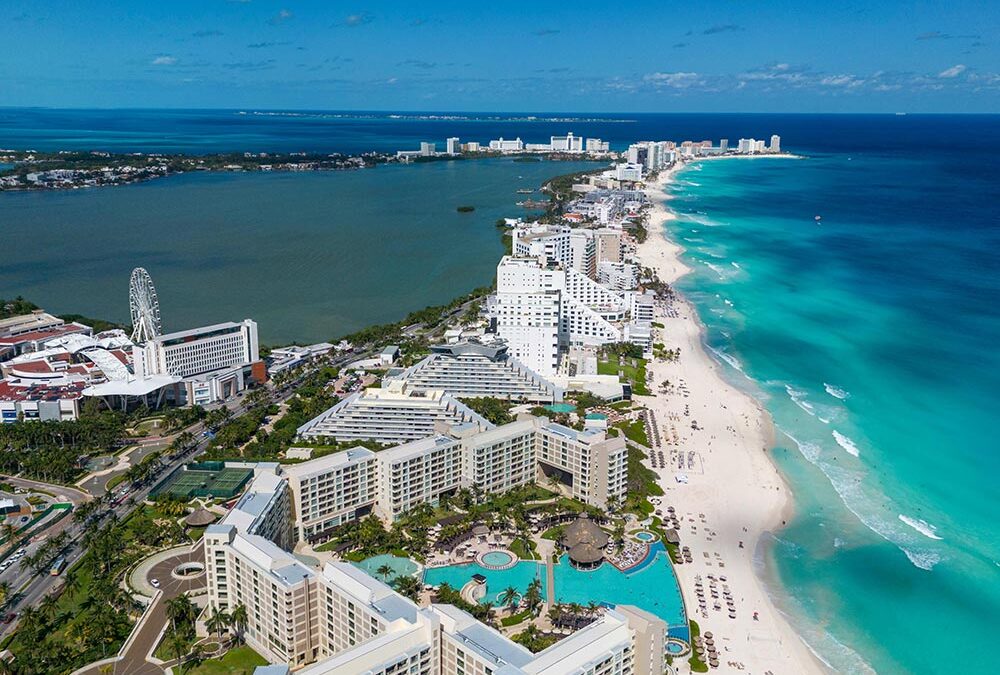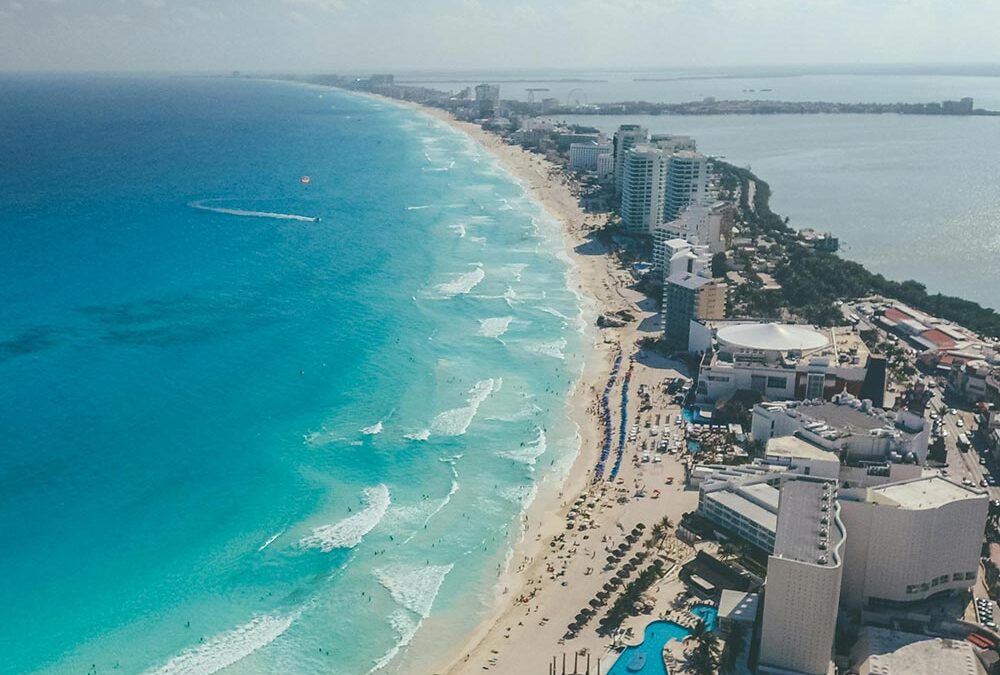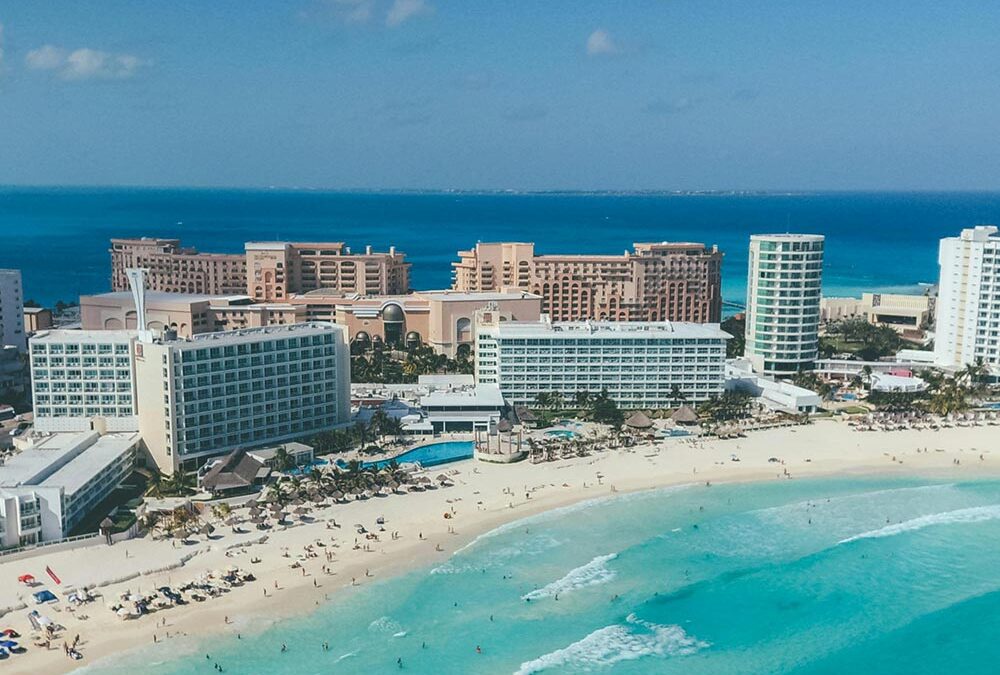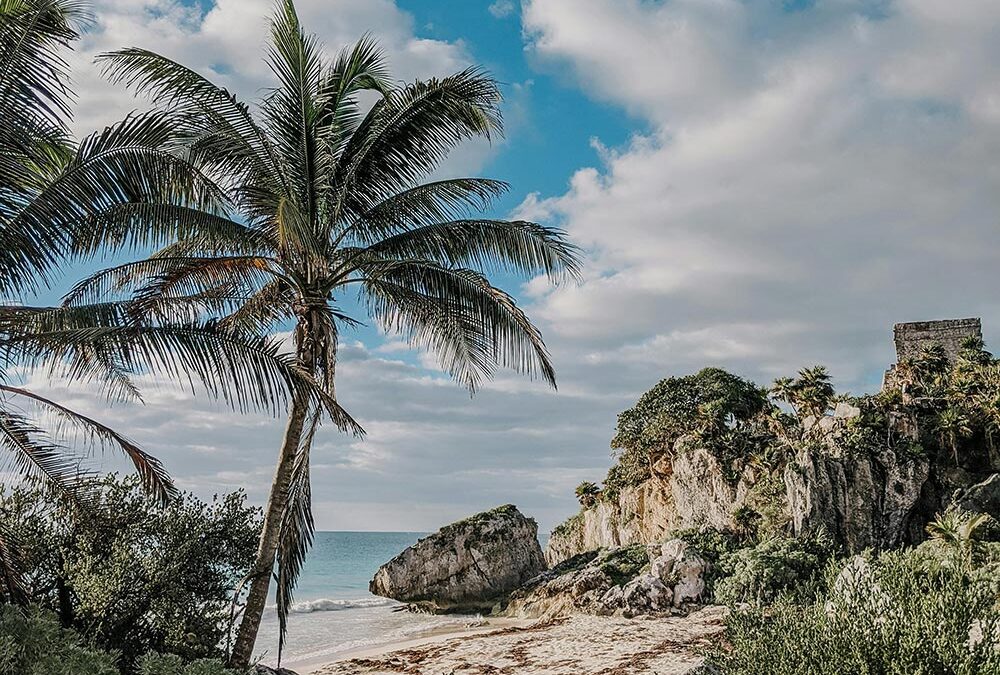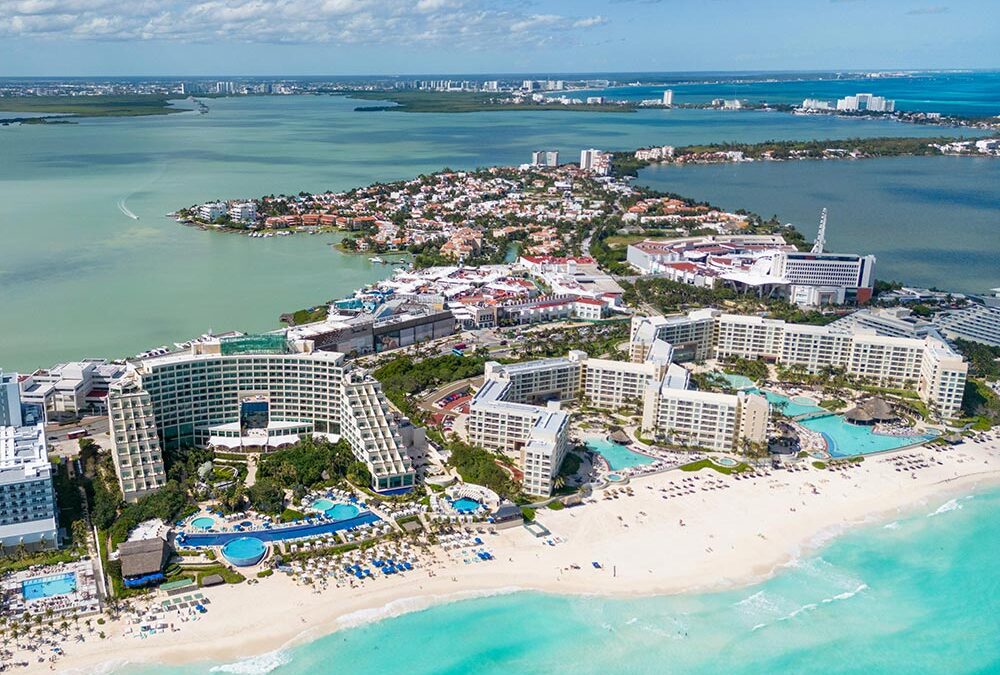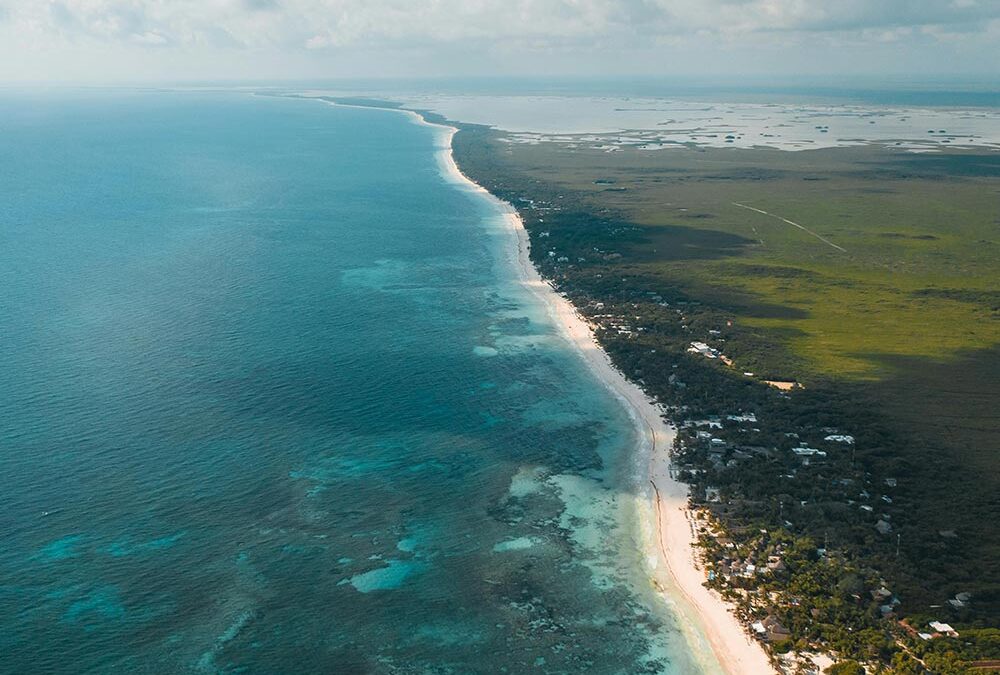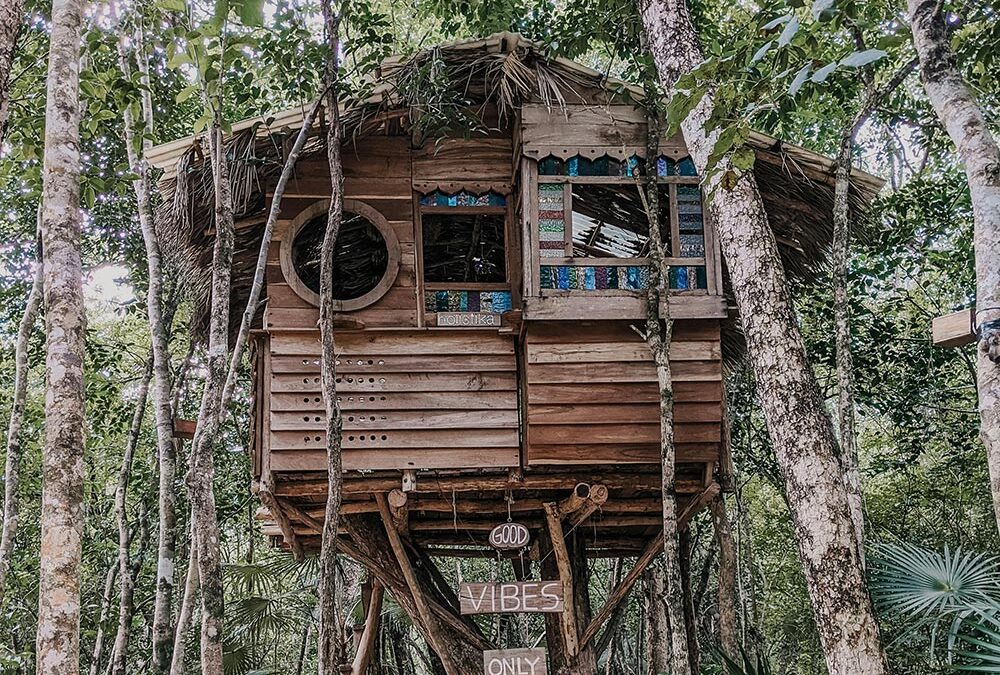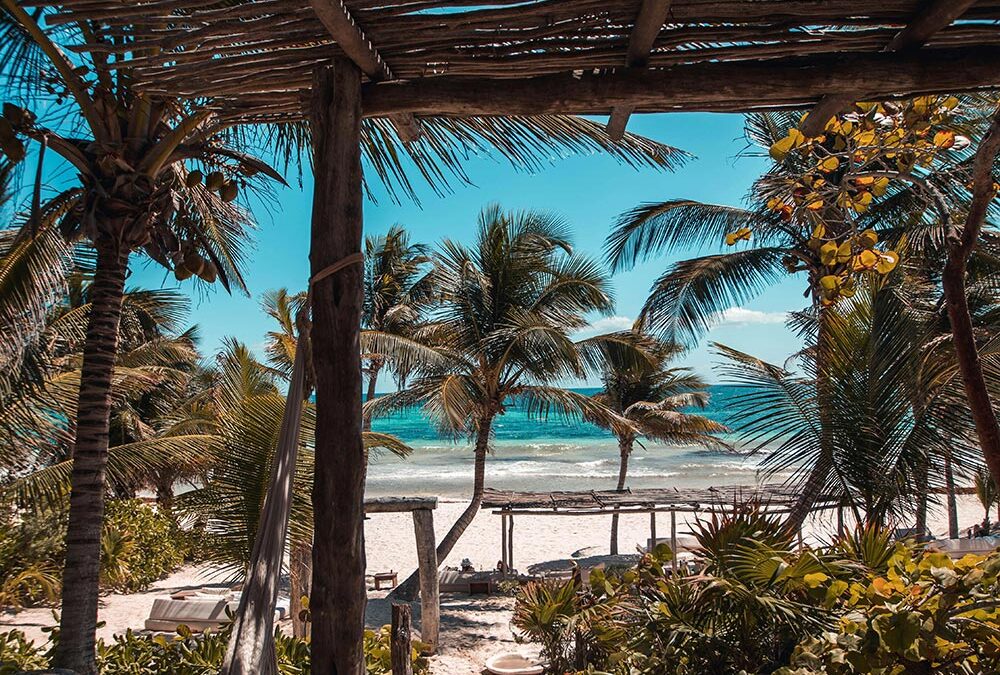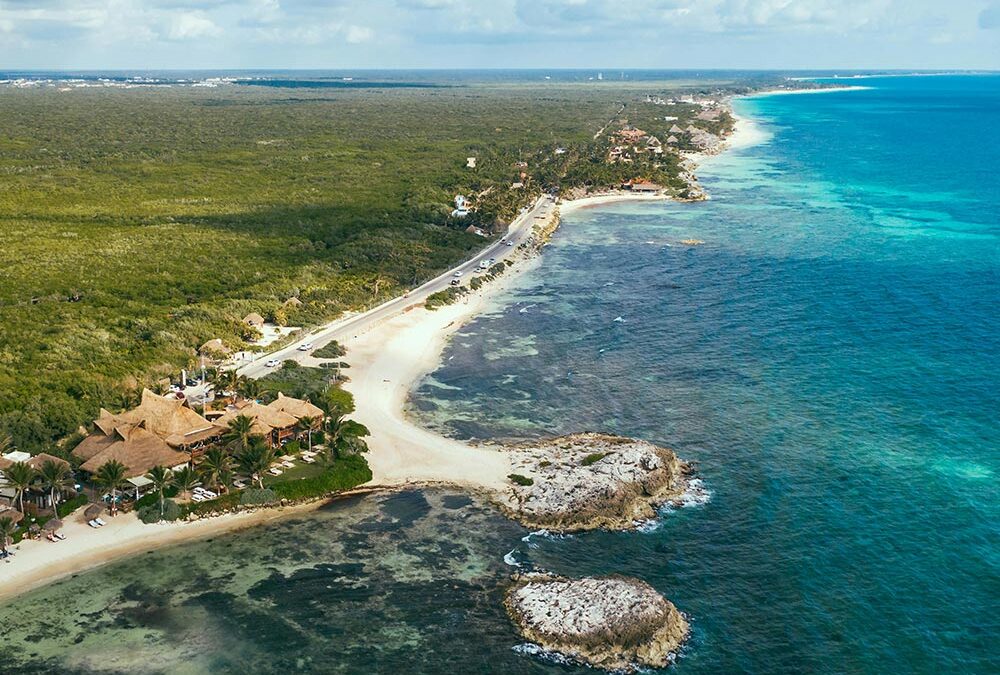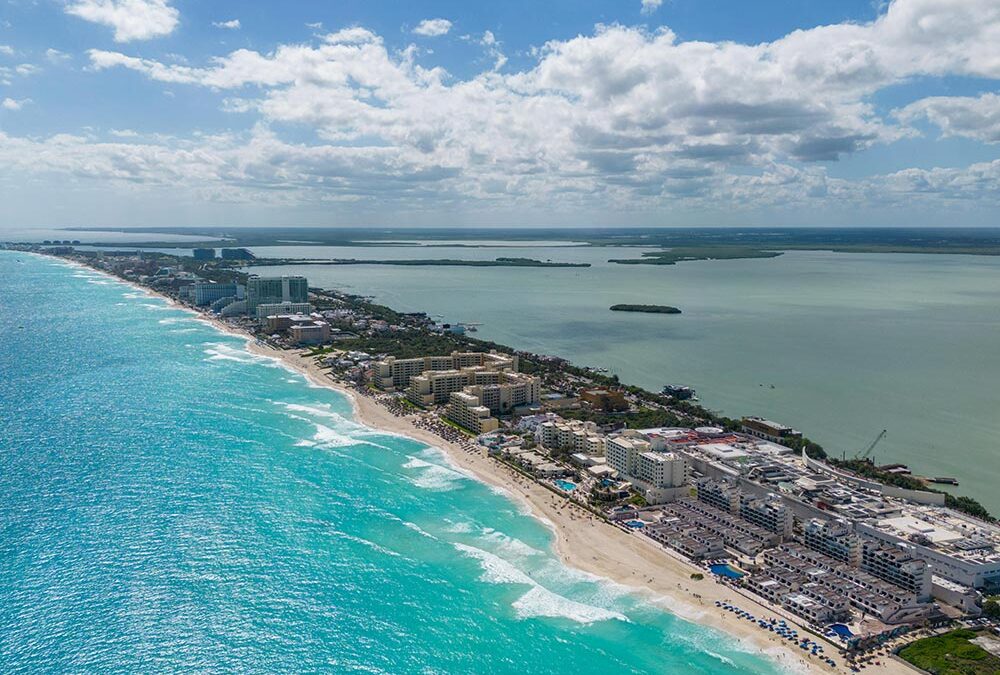The stock market’s volatility often sparks anxiety among investors. One day, shares surge on optimistic earnings reports; the next, they tumble on global economic concerns. These sudden and sometimes drastic shifts can derail even the most carefully planned portfolios. While traditional equities can certainly yield impressive returns over the long term, the risks and emotional strain associated with stock market swings have led many investors to seek alternatives—enter Tulum real estate, a tangible asset class backed by strong tourism, government-backed infrastructure projects, and rising global demand.
Tulum, located along Mexico’s Riviera Maya, is celebrated for its pristine beaches, turquoise waters, and eco-centric developments that harmonize with the natural environment. Unlike stocks that can lose significant value in short bursts, Tulum’s property market evolves more predictably, shaped by steady tourism inflows, limited prime land availability, and consistent rental demand. This combination makes Tulum properties an appealing option for anyone eager to escape the rollercoaster of stock market fluctuations.
In this article, we compare the risks associated with equity investments to the relative stability and tangible value offered by Tulum real estate. You’ll learn why Tulum’s market fundamentals are poised for long-term growth, how pre-construction opportunities can boost ROI, and what financing or ownership strategies may help you maximize returns. Through in-depth analysis and a real-world case study, you will see how building wealth in Tulum can be a safer, more sustainable route than navigating the precarious ups and downs of the stock market.
Index of Content
- Why Tulum Properties Offer Tangible Security
- Stock Market Volatility vs. Real Estate Stability
- Financing Strategies & ROI Potential
- Risk Mitigation in Tulum Investments
- Future Growth Outlook for Tulum
- Conclusion
- Case Study
- FAQs
Why Tulum Properties Offer Tangible Security
Tourism and Eco-Chic Appeal
In a rapidly globalizing economy, Tulum has earned a reputation as a must-visit locale for travelers seeking a blend of untouched nature and modern comforts. Ongoing government and private-sector investments have led to reliable infrastructure, including high-quality roads and utilities, while preserving Tulum’s unique ecological heritage. This balance fuels a consistent surge of visitors—an essential factor driving property appreciation.
Unlike a stock certificate, real estate provides a physical, durable asset that offers multiple revenue streams: from short-term vacation rentals to long-term leasing. In Tulum, high tourist demand, combined with limited construction in prime beachfront areas, translates to a stable or rising market even when global financial events cause equities to tumble.
- Target properties close to notable attractions—beaches, cenotes, and downtown areas—for the strongest rental occupancy rates.
Predictable Cash Flow and Appreciation
Real estate in Tulum, especially in strategically located neighborhoods like Aldea Zamá or the beachfront zone, tends to appreciate at an annual rate of 8% to 15%, outpacing many regional benchmarks. This upward momentum is bolstered by Tulum’s positioning as an eco-luxury destination, drawing travelers willing to pay premium rates for accommodation. Vacation rentals can yield net returns of 5% to 10% per year—excluding capital gains—even after accounting for operating expenses and management fees.
By contrast, stock markets can swing wildly within days or even hours, eroding paper gains and forcing investors to endure anxiety-inducing dips. Tulum properties offer a more measured pace of growth. Property values do not collapse overnight due to a single earnings report or media-driven panic, making Tulum’s real estate not only lucrative but also emotionally less taxing for long-term holders.
Stock Market Volatility vs. Real Estate Stability
Global Headlines and Emotional Investing
Stocks often react instantaneously to global headlines—anything from political instability to sudden shifts in market sentiment can trigger dramatic price movements. For instance, a tech company’s shares might plummet 20% in one day due to disappointing revenue forecasts. While savvy investors know that markets have historically trended upward in the long term, the short-term whirlwind of volatility can lead to rushed decisions, premature sell-offs, or missed buying opportunities.
Tulum’s real estate, on the other hand, is more insulated from these volatile ebbs and flows. Property values tend to rise or fall in response to local factors like tourism demand and infrastructure improvements, as well as macroeconomic variables such as currency exchange rates. However, because real estate transactions and developments unfold over months and years—not minutes—these shifts are less prone to sudden swings. For investors chasing a calmer asset class that still offers strong returns, Tulum stands out as an oasis of stability.
Inflation Hedging and Tangible Value
Another key advantage of real estate over stocks is its potential to hedge against inflation. Property prices and rental incomes often adjust upward in inflationary environments, preserving or even enhancing real returns. Stocks, while also capable of outpacing inflation over the long term, can falter during periods of heightened market panic and economic uncertainty.
Real estate is also more tangible. Its inherent, physical nature as a property anchors its value in real-world demand—a dynamic that does not exist in the same way for equities. This is especially true in Tulum, where each condo or villa not only functions as an investment but can also serve as a holiday home or personal retreat when not rented out.
- Consider diversifying into a mix of smaller condos and larger villas to tap multiple price segments in Tulum’s rental market.
Financing Strategies & ROI Potential
Pre-Construction Leverage and Discounts
One of Tulum’s standout opportunities is pre-construction financing, which allows investors to secure properties at introductory prices before development is complete. These discounts can range from 10% to 30%, potentially yielding an immediate equity boost once the project is finished. Payment plans often require a 30% to 50% down payment, spread out over the building timeline, with the remainder due upon completion. This staggered approach can help buyers manage cash flow effectively, using rental income (once the property is operational) to offset some or all of their carrying costs.
Pre-construction investments can be especially compelling for those seeking high capital appreciation in addition to rental income. A property purchased at $200,000 at the onset of a development might easily appraise for $240,000 or more upon completion, leading to a potential 20% to 30% gain even before collecting the first rent check. For investors accustomed to the whipsaws of the stock market, this relatively linear path to growth can feel like a breath of fresh air.
- Negotiate developer incentives—such as upgraded finishes or extended payment terms—before signing the purchase agreement.
Long-Term vs. Short-Term Rentals
Tulum’s vibrant tourist traffic makes short-term rentals a popular choice among property owners. The nightly rates can be lucrative, especially during peak seasons, and many real estate investors turn to vacation rental platforms such as Airbnb or Vrbo to manage bookings. However, short-term renting requires active management—cleaning, advertising, responding to guest inquiries—and can incur higher operational costs.
On the other hand, long-term rentals can yield more predictable income, albeit at a lower monthly rate. Tulum’s growing expat community and digital nomad scene create demand for 6- to 12-month leases, offering investors consistent, low-maintenance returns. Some investors opt for a hybrid approach, combining long-term rentals during off-peak months with short-term listings during high tourist seasons, maximizing year-round occupancy and rates.
Risk Mitigation in Tulum Investments
Legal Protections and Developer Reputation
While Tulum real estate is less volatile than stocks, it still requires prudent risk management. Conducting thorough due diligence on property titles, land usage rights, and local regulations can help avert future complications. If the property lies within Mexico’s restricted zone (close to the coast), foreign investors typically use a bank trust known as a fideicomiso to hold the title. Partnering with a bilingual lawyer and a reputable real estate agent is crucial to ensuring your purchase is compliant with all relevant laws.
Equally important is the track record of the developer, especially for pre-construction projects. Look for companies with a history of on-time deliveries, quality materials, and transparent financial practices. Ask for references from past buyers and conduct site visits if possible. By verifying a developer’s reputation, you sidestep the risk of project delays, budget overruns, or subpar workmanship—which can significantly erode your anticipated returns.
Political and Economic Factors
Every real estate market is influenced by local and global economic conditions, and Tulum is no exception. Political shifts—such as changes in regulations or taxes—can alter the investment landscape. However, Tulum’s main advantage lies in its growing international reputation, creating demand that remains relatively resilient even in times of broader uncertainty. Tourism, driven by the allure of the Riviera Maya, is generally stable, though events like global pandemics can temporarily reduce arrivals.
In contrast to stock markets that often plummet on negative headlines or shifts in monetary policy, Tulum property values move more gradually. This does not mean they are immune to downturns—merely that any declines are typically slower and less severe. Real estate provides investors with an opportunity to hold onto a physical, income-producing asset until the market recovers, avoiding the dramatic sell-offs that can occur in equity markets.
- Consult financial advisors on currency hedging strategies, given that rental income may be in USD, while certain expenses are in Mexican pesos.
Future Growth Outlook for Tulum
Infrastructure and Sustainability
Government-backed infrastructure projects, such as the planned Tulum International Airport, are anticipated to further increase the region’s accessibility, drawing more tourists and real estate interest. Additionally, significant investments in roads, public transportation, and environmental sustainability add value to existing and future developments. This trend benefits property owners, who can market their units as both conveniently located and eco-friendly, aligning with Tulum’s vision of conscientious growth.
Local authorities and private developers have also prioritized ecological preservation, adopting building guidelines that protect Tulum’s marine life, mangroves, and cenotes. These initiatives solidify Tulum’s brand as an eco-conscious destination, a quality highly sought after by modern travelers. This growing emphasis on sustainability helps ensure Tulum’s long-term appeal, making it less susceptible to boom-and-bust cycles that can occur in purely speculative real estate markets.
Expanding Expat and Remote Work Communities
Another booster for Tulum’s property market is the rising trend of remote work. Professionals from around the world can now choose to live anywhere, and Tulum’s picturesque setting, decent internet infrastructure, and thriving cultural scene make it an attractive hub. Expats and digital nomads looking for mid- to long-term rentals contribute to stable occupancy levels year-round. This shift toward location-independent lifestyles bodes well for property owners who can target monthly or seasonal leases, creating steady cash flow outside of the traditional tourist high seasons.
Conclusion
For investors weary of the unpredictable swings of the stock market, Tulum real estate offers a tangible and often more stable path to building wealth. Backed by a robust tourism sector, ongoing government-supported infrastructure improvements, and an eco-luxury niche that commands premium rental rates, Tulum properties stand in stark contrast to the volatility inherent in equities. While no investment is entirely risk-free, the steady pace of appreciation, combined with the potential for healthy rental yields, can provide a more confident, less turbulent experience compared to daily fluctuations in stock prices.
By applying due diligence—vetting developers, working with reputable legal counsel, and understanding local regulations—investors can mitigate many of the risks and tap into Tulum’s flourishing market. Whether you choose pre-construction deals for immediate equity gains or fully built properties for predictable rental returns, Tulum real estate enables you to hold a physical asset that can weather global economic storms more gracefully than most stocks. Ultimately, shifting a portion of your portfolio into Tulum property can pave the way for long-term wealth creation and peace of mind in today’s fast-changing financial world.
Case Study: Transitioning from Equities to Tulum Real Estate
Andrea, a 50-year-old executive from New York, watched her stock portfolio fluctuate wildly during market downturns. Determined to safeguard part of her retirement fund from further volatility, she researched Tulum’s property market. After visiting Tulum and partnering with a seasoned local agent, Andrea chose a two-bedroom, pre-construction condo near the beach, priced at $220,000 with a staggered payment plan requiring 40% upfront.
Within two years, the development completed on schedule, and similar units were selling for around $270,000—a 23% appreciation on paper. Andrea listed her condo on vacation rental platforms, achieving around 70% occupancy and a nightly rate of $180 in peak season. After management fees and other expenses, Andrea netted an 8% return in rental income, on top of the equity gain. While her stock holdings continued to experience sizeable swings, her Tulum property provided both consistent monthly cash flow and a robust store of tangible value. Andrea credits this investment with reducing her overall portfolio risk while still allowing for meaningful asset growth.
FAQs
1. Do I need to be a Mexican citizen to own property in Tulum?
No. Foreign investors can legally own property in Tulum and elsewhere in Mexico’s restricted coastal zone through a bank trust called a fideicomiso. This allows you to retain all ownership rights while complying with Mexico’s legal framework.
2. How does Tulum’s rental demand compare to larger cities like Cancún?
Tulum tends to attract higher-spending, eco-conscious travelers who seek boutique accommodations. While Cancún remains more mass-market, Tulum’s niche appeal enables property owners to command premium nightly rates, particularly near the beachfront.
3. Are Tulum investments truly less volatile than the stock market?
Real estate values in Tulum typically move more gradually compared to stocks, which can swing 5-10% in a single trading session. Although local factors can influence property prices, the overall pace of change is slower and more predictable.
4. What about currency risks in Mexico?
Rental rates in Tulum are often set in U.S. dollars, helping to mitigate currency exposure. Nevertheless, consult a financial advisor about hedging strategies, especially if you plan to convert rental income into another currency frequently.
5. Are there financing options for foreign buyers?
Yes. Developer financing is common in pre-construction deals, and some Mexican banks or international lenders extend mortgages to non-residents. Compare terms and interest rates to find the best fit for your investment strategy.




